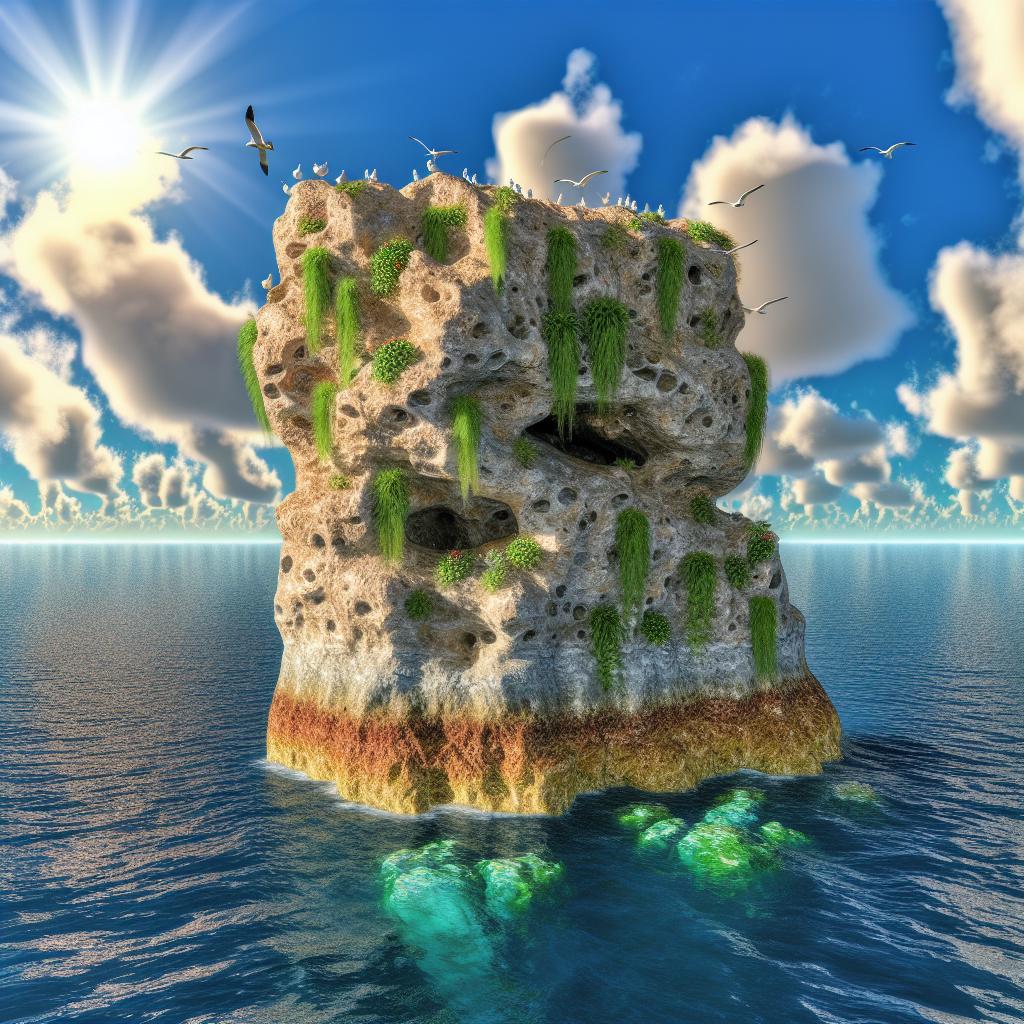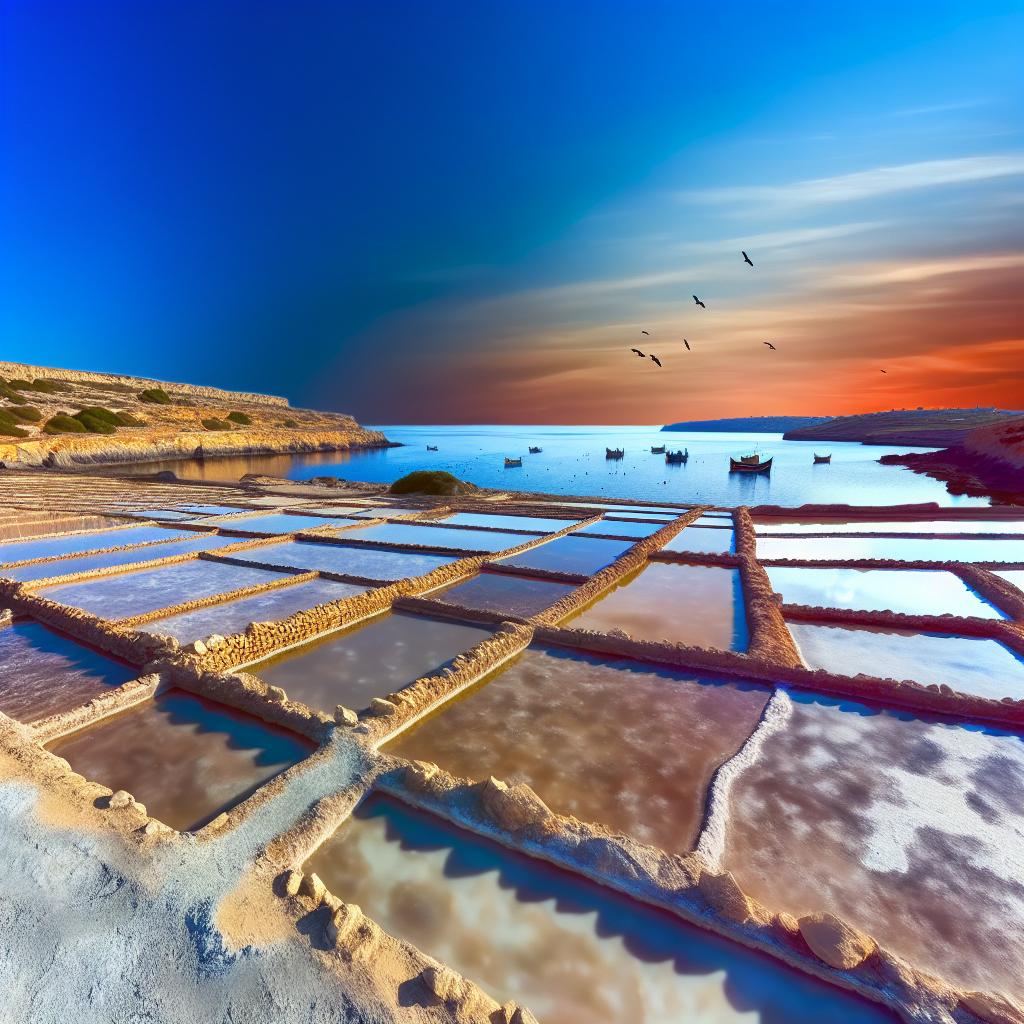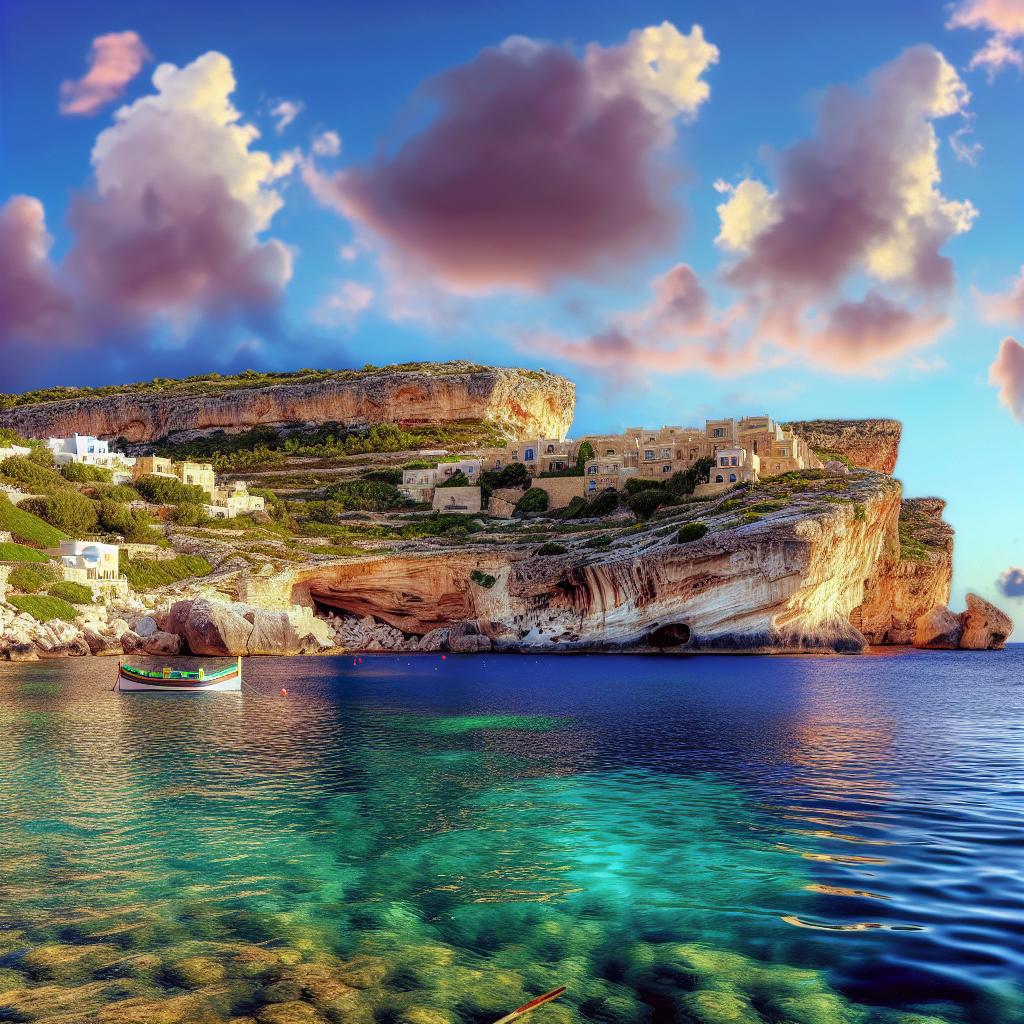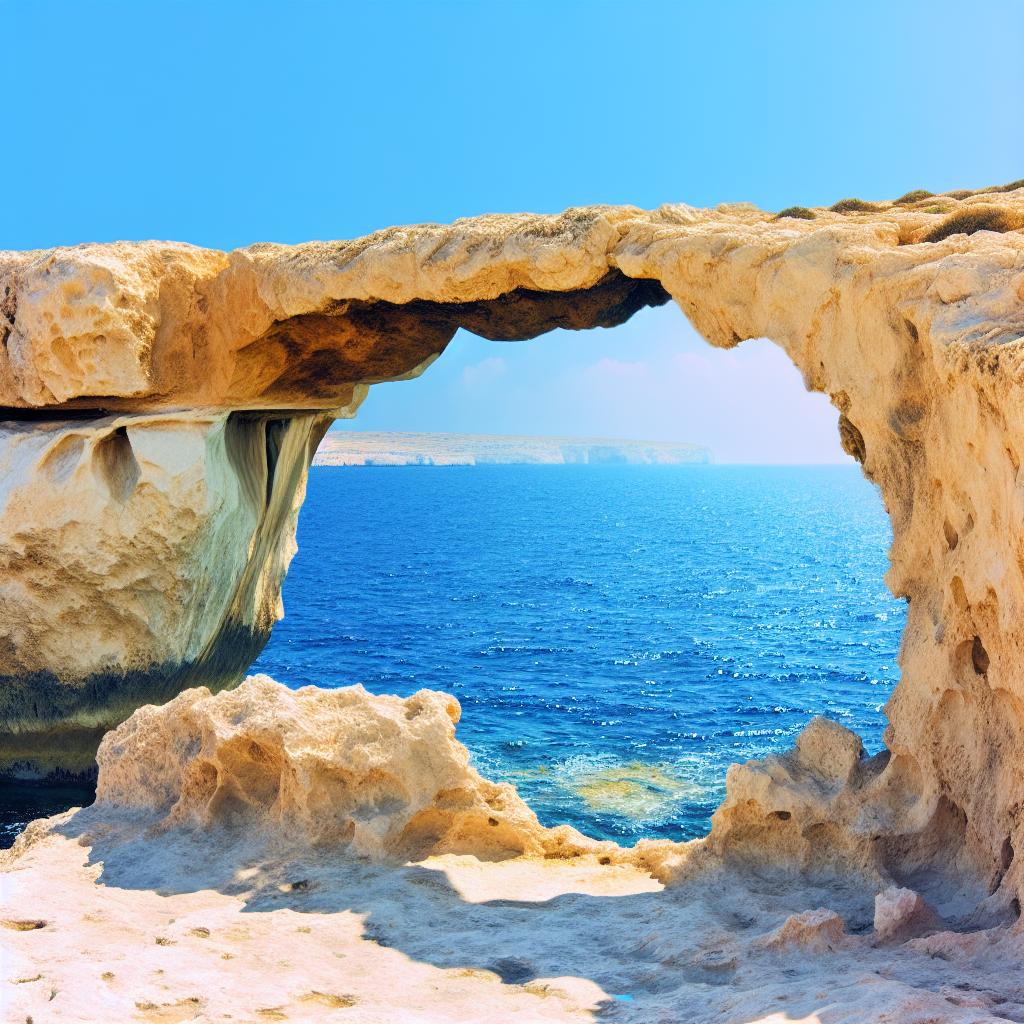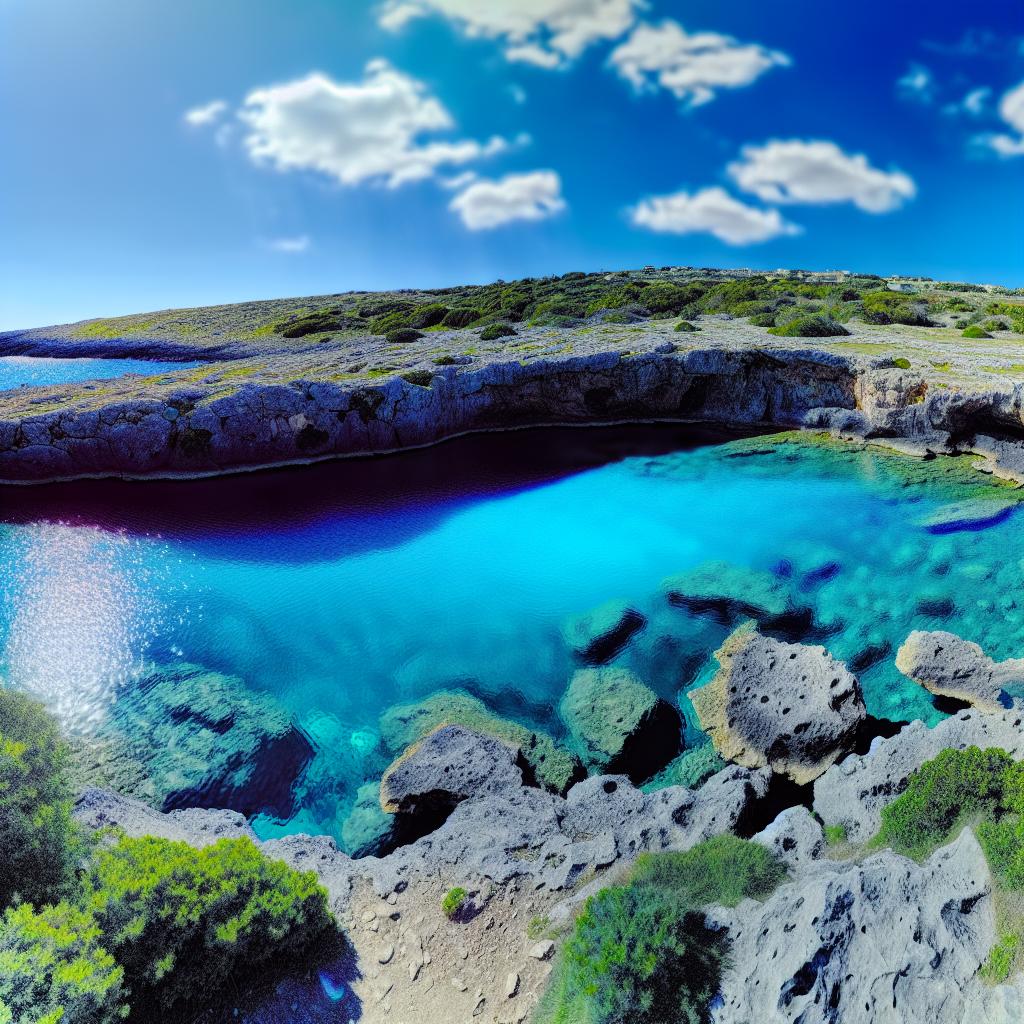Introduction to Fungus Rock
Fungus Rock, a striking limestone islet, is situated just off the coast of Gozo, which is the second largest island in the Maltese Archipelago. Situated within the confines of Dwejra Bay, Fungus Rock serves as a unique natural landmark that is acknowledged for both its rugged features and its ecological importance. This location, which stands as a testament to the diverse geological and environmental landscape of the Maltese islands, encapsulates a retreat for a variety of species that contributes to its notable charm.
Geological and Environmental Aspects
Fungus Rock predominantly consists of Upper Coralline Limestone, a geological structure that is prevalent throughout the islands of Malta. The isolation of this rock formation from the mainland of Gozo has fostered the development of an exclusive ecosystem that thrives with various plant species and animal life. This ecosystem is distinct from those found in the nearby regions, providing a critical habitat for specific species.
Unique Flora
One particular aspect that draws attention to Fungus Rock is the presence of the plant species known as Cynomorium coccineum. Frequently misidentified as the Maltese fungus, this parasitic plant was historically celebrated due to its alleged medicinal functionalities. Cynomorium coccineum is oftentimes mistaken for a fungus owing to its appearance; however, it is, in reality, a unique type of flowering plant. This species forms an integral part of the biological diversity that Fungus Rock supports and sustains.
Historical Significance
The historical context surrounding Fungus Rock is steeped with fascinating narratives, particularly during the era of the Knights of St. John. This illustrious group held the Maltese fungus in high esteem, attributing significant medicinal properties to the plant. To ensure its preservation, the Knights implemented stringent protocols, restricting access to Fungus Rock considerably. The value placed on this plant was such that any transgressions regarding access to the rock were met with severe punishments, including capital sentences. These measures underscore the historical gravity placed upon the plant species, as well as the rock, during that epoch.
Conservation Efforts
In contemporary times, Fungus Rock has gained recognition as part of a sanctuary aimed at safeguarding its unparalleled biodiversity. Integral to these endeavors, the Maltese government collaborates with various environmental entities to uphold rigorous monitoring of the rock. This vigilance ensures that the diverse flora and fauna located on the islet are preserved, remaining undisturbed by human interference. Visitors to the vicinity are urged to acknowledge and respect the ecological sensitivity inherent in the region, emphasizing a balanced approach towards interaction with natural environments.
For further information regarding the conservation initiatives aimed at protecting Fungus Rock, interested parties are invited to consult the official page of the Maltese Environmental Authority. Here, a detailed overview of the efforts made to maintain this natural landmark’s heritage is available, offering insights into ongoing protection strategies.
Visiting Fungus Rock
Even though direct access to Fungus Rock is prohibited with the intent of preserving its delicate environment, the encompassing Dwejra Bay region offers numerous vantage points from which the islet can be observed. This coastal neighborhood is renowned for its scenic allure, providing a remarkable backdrop suitable for those interested in photography and maritime pursuits. Whether it’s gazing at the sun setting over the horizon or capturing the vivid marine landscapes, Dwejra Bay offers a plethora of opportunities to appreciate the natural splendor encapsulated by Fungus Rock.
Conclusion
Fungus Rock continues to be a site of considerable intrigue, its allure derived from a composite of historical richness, unique ecological systems, and the administered conservation efforts that sustain its pristine condition. The beguiling aspects of this natural feature consistently draw interest, motivating both academics and travelers alike to delve into its storied existence and scenic grandeur. By fostering a deeper understanding of such sites, it is possible to ensure that their intrinsic value is preserved for future generations. Through responsible admiration and informed appreciation, Fungus Rock’s enigmatic allure survives, perpetuating the cultural and natural legacy it has come to represent.

